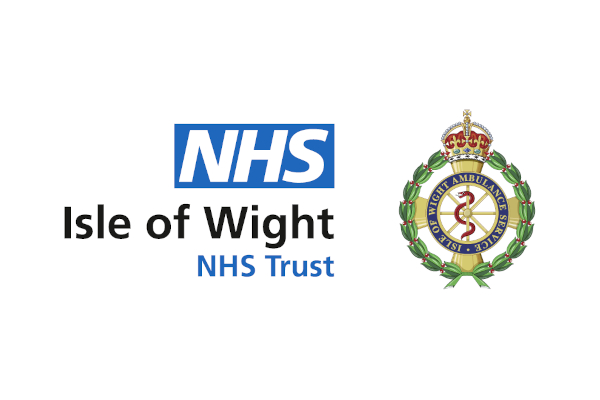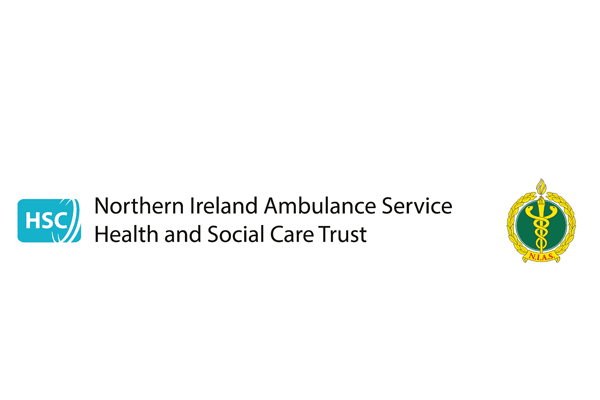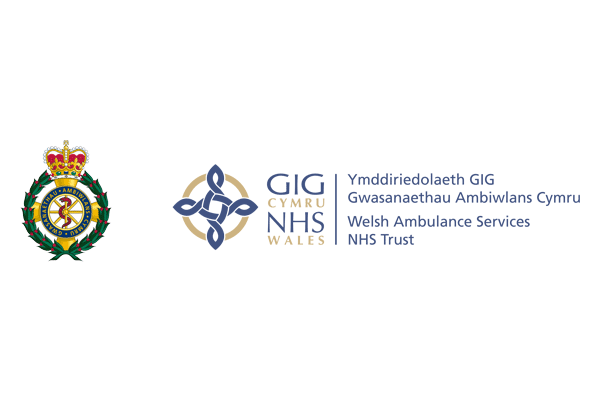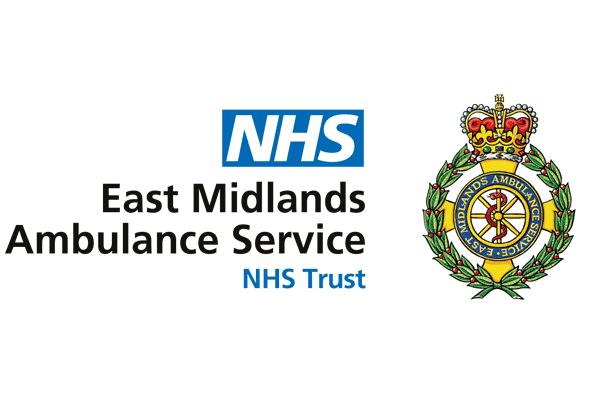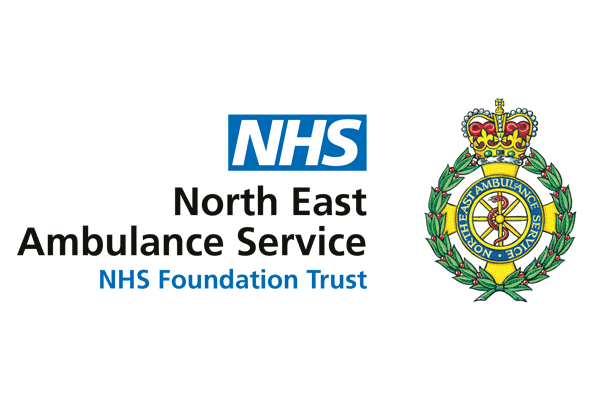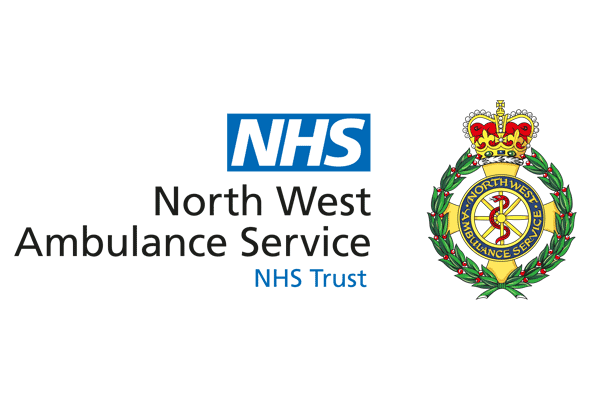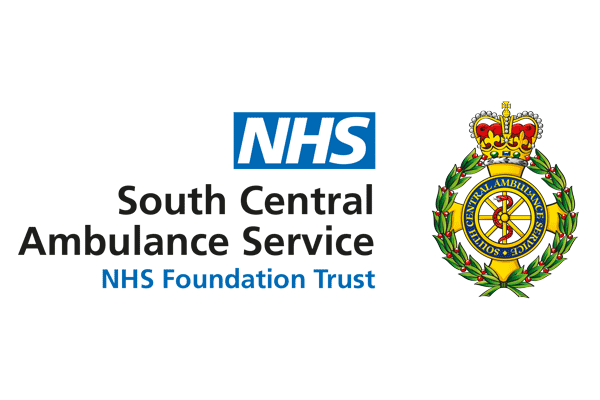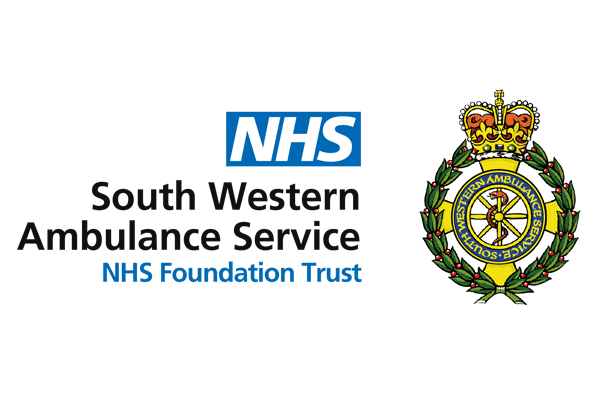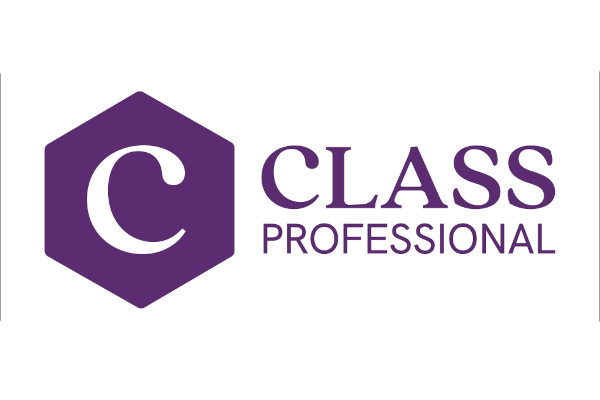The Association of Ambulance Chief Executives (AACE) recognises that first aid saves lives and that even basic knowledge of simple first aid skills can be lifesaving. Skills including chest compressions, use of a defibrillator and how to manage bleeding should be taught (and their use encouraged) widely.
Bleeding can occur internally or externally, depending on the cause of injury or type of injury sustained. If not treated immediately, excessive bleeding can be life-threatening. Death from bleeding can occur before a person reaches or receives definitive care.
Many first aid skills require little or no equipment and it is the knowledge of what to do in an emergency that could save a life, which is why AACE actively encourages everyone to learn first aid.
When a person has an external bleed, from whatever cause, first aid measures – including applying direct pressure to an actively bleeding wound – are vital and require little or no equipment. Applying direct pressure can be undertaken with a simple first aid dressing but if no such dressing is available, any item such a clean dry cloth or piece of clothing can be used to apply direct pressure to the wound.
When a 999 call is made for an ambulance for someone bleeding, the telephone triage system will enable the emergency call handler to provide specific instructions for bleeding control. This includes direct pressure and use of dressings or a clean dry cloth to apply pressure to the wound. If a tourniquet has been applied it should not be removed.
Where a specific risk assessment for a geographical location or public event has been undertaken that indicates it may be a beneficial location for additional equipment for the management of bleeding, an organisation may procure equipment either for a first aid kit or as a standalone ‘bleed kit’. Ideally, appropriate training should be provided for the use of bleed kits.
However, it is important to note that the responsibility for the governance, training and despatch of bleed kits does not sit with ambulance services.
Bleed kits can be registered on the GoodSAM application which is a database containing the location of various items of emergency equipment.
Defibrillators should be registered on the British Heart Foundation’s national defibrillator network called The Circuit.
There are a range of bleed kits available to purchase and NHS ambulance services do not endorse any specific bleed kit or products.
AACE strongly recommends that all first aid and emergency equipment is easily and readily available and should be stored / kept in unlocked cabinets.
All NHS ambulance services actively encourage people of all ages to become trained in first aid, because in many circumstances it is these simple first aid skills which will save lives.

